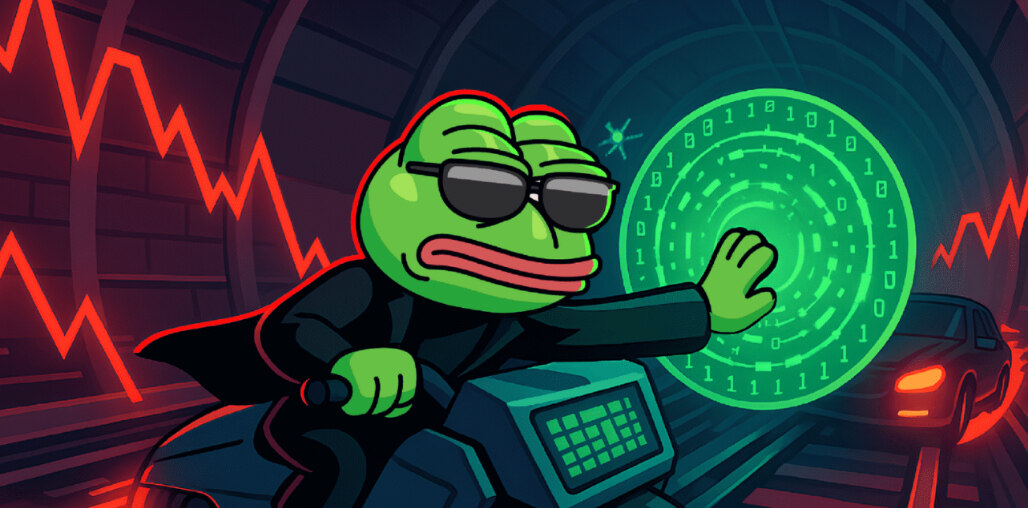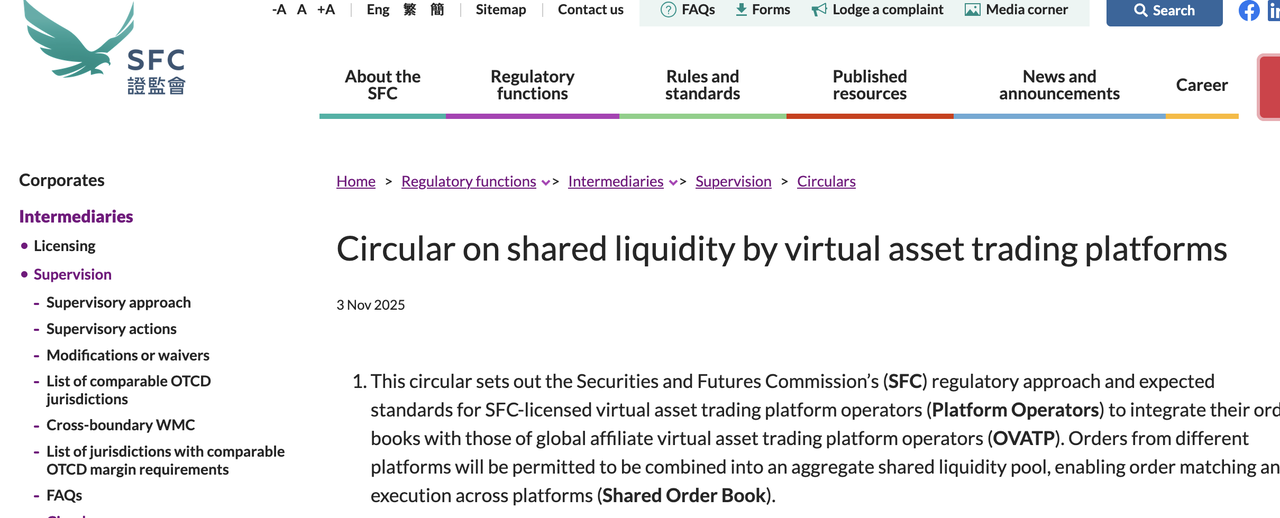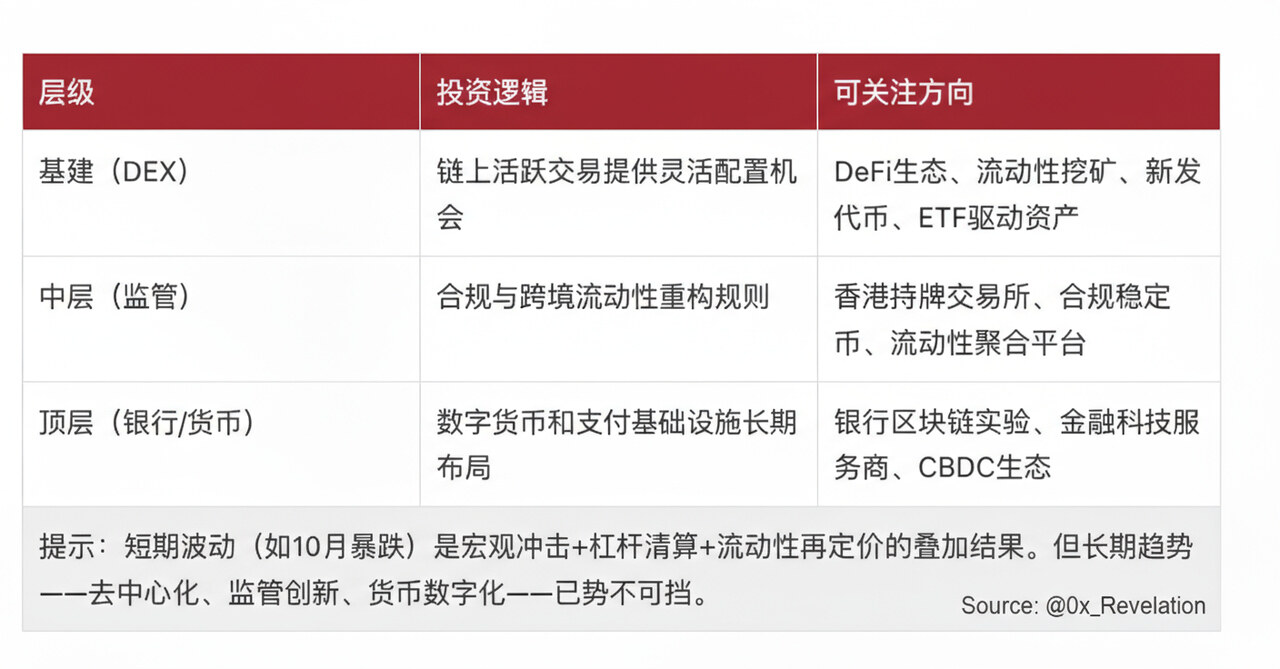Opening: The Plunge is Just a Trailer for the Main Feature
If you've seen "Furious 7," you must remember that scene: Vin Diesel drives the red supercar Lykan Hypersport out of the Etihad Towers in Abu Dhabi, with Paul Walker in the passenger seat. This $3.4 million supercar leaps between skyscrapers—charging from one building to another, then from the second building to the third, the car's body tracing a parabolic arc in the air, glass shards scattering like diamond rain, the engine screaming, and everyone's heart racing—
The next second, is it a landing or an explosion? Bitcoin is that Lykan.
On October 6, it plummeted sharply from its historical peak of 126,000—by the end of October to early November, crypto assets had cumulatively retraced about 20%, falling below the $100,000 mark. Billions of dollars in leverage exploded like a chain reaction of car accidents. The Federal Reserve's cautious interest rate cut rhetoric and the strengthening dollar acted like two rear-end collisions, making the accident even more catastrophic.
Major mainstream media headlines were ready: "Crypto Bubble Bursts," "Crypto Bull Market Turns Bearish," "Crypto Winter Returns."
At the same time as this horrific car crash occurred, the true racing gods—those smart money and keen traders quietly disappeared—they did not exit the market.
They quietly shifted to another track.

First Clue: The Underground Track Suddenly Filled Up
Data doesn't lie, but it accelerates.
In October, when Bitcoin began to plummet, the trading volume on decentralized exchanges (DEX) did not shrink but accelerated.
Look at these numbers (source: DefiLlama data):
- DEX trading volume: $613.3 billion (up 22.7% from September, a new historical high)
- Uniswap: soared from $106.5 billion to $170.9 billion (+60%)
- PancakeSwap: jumped from $79.8 billion to $101.9 billion (+28%)
Key data: DEX's share of total trading volume jumped from 18.83% to 19.84%: that 1 percentage point represents hundreds of billions of dollars suddenly changing tracks. It's like a massive traffic jam on the Tokyo Bay Expressway, and suddenly some racers discover the secret entrance to the Shibuya underground parking lot—and not only is it not congested, but it also allows you to achieve faster lap times.
Meanwhile, centralized exchanges (CEX) also hit a new high of $2.17 trillion, a 28% increase month-on-month. Binance, Gate, Bybit, and Bitget led the way. This is a dual-engine resonance: the traditional track accelerates, and the underground track accelerates even faster.
Why Did the Racing Gods Choose "Underground Drifting"?
Remember the scene in the movie? The protagonist Sean is taken to the underground parking lot in Shibuya for the first time, discovering that the real racers of Tokyo are all here—not on the public track, but drifting dangerously on the spiral ramps of the multi-story parking garage.
October's DEX is that underground parking lot.
The Chief Information Officer of Kronos Research stated: “Traders flock to on-chain not only for self-custody and transparency but also for liquidity mining and airdrops, maximizing participation.”
The plunge did not drive people away from the market; it made them choose a new track. When traditional exchanges are like a congested highway, smart money begins to look for new exits.

Second Clue: Hong Kong is Building a "Global New Track"
The regulators' plot twist
Shortly after the explosion in DEX trading volume, the Hong Kong Securities and Futures Commission (SFC) released two "bombshell" announcements in early November 2025:

- Allow SFC-licensed local exchanges to share a global order book and connect with overseas platforms, thus accessing global liquidity. This breaks the traditional model of "order pre-financing and domestic settlement," enabling investors to more efficiently access global market liquidity.
It's like installing a teleportation portal for local racers—suddenly, you can not only race on the Hong Kong track but also teleport to the tracks in New York, London, and Tokyo.
- Relax the 12-month trading history requirement for local tokens and stablecoins issued to professional investors, accelerating the launch of innovative products.
In other words, new tokens and stablecoins no longer need to wait for a 12-month "probation period" and can be directly opened to professional investors.
SFC CEO Julia Leung's exact words stated that this initiative aims to enable investors to more effectively utilize global market liquidity for better price discovery and more competitive trading conditions.”
What does this have to do with Bitcoin price volatility?
A lot.
When Bitcoin plummets, liquidity on traditional exchanges instantly dries up—like in "Furious 8," where thousands of zombie cars controlled by hackers suddenly appear on the streets of New York, turning all of Manhattan into a parking lot.
But if you can access a global order book, it's like suddenly opening a portal to a parallel universe—over here, the market is in a panic sell-off, while over there, someone might be frantically bottom-fishing. Price discovery happens faster, arbitrage opportunities increase, and trading costs decrease.
Good regulation is not a traffic light; it's better road design.
What Hong Kong is doing is upgrading the "underground track" to a "global superhighway."
Third Clue: Bank Executives Suddenly Say They Want to "Modify the Engine"
The most conservative people spoke the most radical words—now, the most dramatic twist comes.
At Hong Kong Fintech Week, Standard Chartered CEO Bill Winters—a traditional banker in a tailored suit managing hundreds of billions of dollars globally—suddenly made a statement in public that sounded like a line from a sci-fi movie:
"All transactions will ultimately settle on the blockchain. All currencies will be digitized. The entire financial system will be completely rewired."

It's like the FBI director Hobbs in "Furious 7" suddenly saying, "Actually, we want to race too."
Even crazier, HSBC CEO Georges Elhedery proposed that the bank plans to invest $1.36 billion to privatize Hang Seng Bank, turning it into a "financial innovation laboratory."
Why have bankers suddenly turned into "modification maniacs"?
The answer is harsh: because they realized that DEX and stablecoins are eating into their business.
If you run the world's largest taxi company and one day discover that Uber not only appeared but also started offering private jet services. You have two choices:
A: Keep complaining that Uber is operating illegally—sitting and waiting for doom.
B: If you can't beat them, join them—build a better plane yourself.
Smart banks chose the second path: Standard Chartered and HSBC have both built blockchain labs in Hong Kong to test cross-border payments, stablecoin issuance, and asset tokenization—all the things the Web3 industry is doing, but with a bank-level "institutional trust" label added.
The key question: When traditional banks start embracing blockchain, when regulators begin building "compliant decentralized highways," and when DEX trading volume hits new highs amid the market's plunge—does this still tell the story of "Bitcoin's collapse"?
Spoiler: A "Driving Manual" for Investors

Post-Credits Scene: The Real Question
When DEX trading volume explodes amid the plunge, when Hong Kong opens the door to global liquidity, when bank CEOs say "the financial system needs to be rewired"—what do you think the next plot twist after October's plunge will be?
My personal answer is: that is the sound of shifting gears.
(The end. Now you can rewatch "Furious 7" and then check your trading account.)
免责声明:本文章仅代表作者个人观点,不代表本平台的立场和观点。本文章仅供信息分享,不构成对任何人的任何投资建议。用户与作者之间的任何争议,与本平台无关。如网页中刊载的文章或图片涉及侵权,请提供相关的权利证明和身份证明发送邮件到support@aicoin.com,本平台相关工作人员将会进行核查。



